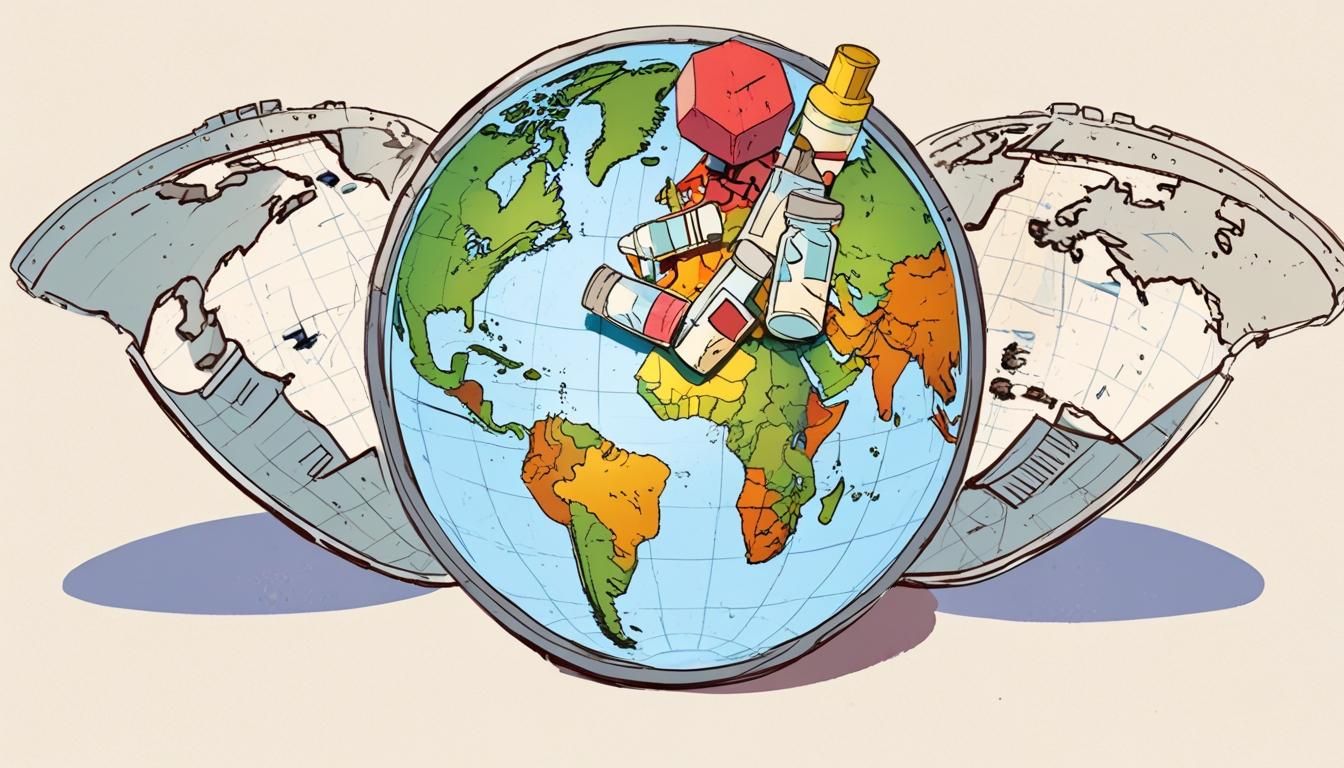A recent study has revealed a significant treatment gap in access to antibiotics for people suffering from severe drug-resistant infections in low- and middle-income countries. The research, led by the Global Antibiotic Research and Development Partnership (GardP) and published in the Lancet Infectious Diseases, highlights that fewer than 7% of patients with carbapenem-resistant Gram-negative (CRGN) infections receive the antibiotics necessary to treat their conditions. This gap is contributing not only to preventable mortality and morbidity but also to the escalation of antimicrobial resistance (AMR).
The study focused on eight countries: Bangladesh, Brazil, Egypt, India, Kenya, Mexico, Pakistan, and South Africa. In 2019, these countries experienced an estimated 1.5 million cases of CRGN infections and nearly 480,000 deaths attributable to such infections. Despite this high disease burden, only around 104,000 courses of appropriate antibiotics capable of treating these infections were procured across these nations, equating to an availability rate of just 6.9%. This figure varied significantly by country, with Kenya at the lowest end with 0.2%, and Mexico and Egypt performing somewhat better at 14.9%.
Dr Jennifer Cohn, GardP's global access director and a senior author of the study, emphasised the seriousness of the findings: “The stark reality is that most people with highly drug-resistant infections are not getting access to the antibiotics they need.” She noted that this problem is likely replicated across other lower-income regions beyond the study’s focus countries.
The infections under scrutiny—including pneumonias, bloodstream infections, and complicated urinary tract infections—are particularly severe and require timely, effective antibiotic treatment. Cohn highlighted that the lack of access to correct medications leads to increased sickness and death, but also contributes to the spread of AMR. This occurs because patients forced to use ineffective antibiotics experience longer treatment durations, which fosters antibiotic resistance in bacteria.
Addressing the treatment gap is complicated by multiple factors, such as patients' inability to reach hospitals for proper diagnosis and the unaffordability of advanced antibiotics. Cohn commented on the current focus in antibiotic development: “We are focusing introduction of newer antibiotics in the US and in a few countries in Europe. That’s not where the burden is.” She advocates for a dual approach that combines developing new antibiotics and ensuring equitable access across all global regions simultaneously.
The study draws parallels to the global response to HIV treatment access and calls for similar global objectives for antibiotic access. GardP is already collaborating with pharmaceutical company Shionogi to improve global availability of cefiderocol, a drug effective against some resistant infections, through voluntary licensing agreements that permit generic manufacturing.
Professor Alison Holmes from the University of Liverpool, who leads the global Centres for Antimicrobial Optimisation Network, remarked on the study’s implications, stating: “If these critical gaps in access and care are not urgently addressed, the burden of antimicrobial resistance will continue to rise, leading to more preventable deaths, worsening patient outcomes and an already devastating global health crisis becoming even more inequitable.”
The Guardian is reporting that this study marks the first comprehensive quantification of the antibiotic treatment deficit for severe resistant infections in poorer countries and underscores an urgent need for global health strategies that address both antibiotic innovation and equitable access to life-saving drugs.
Source: Noah Wire Services
